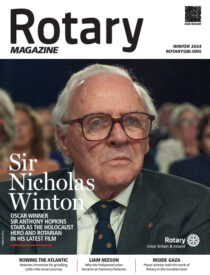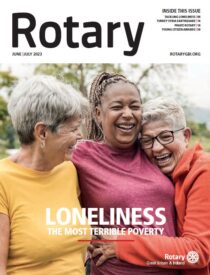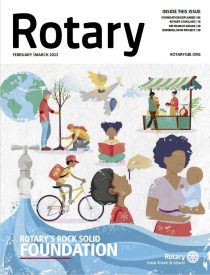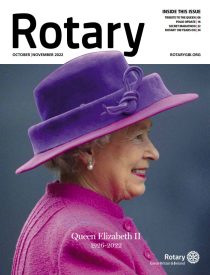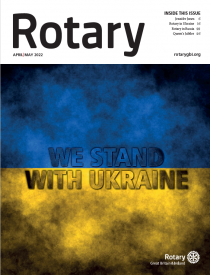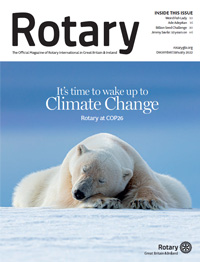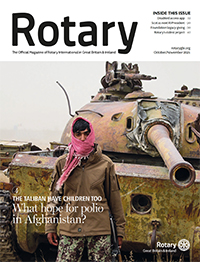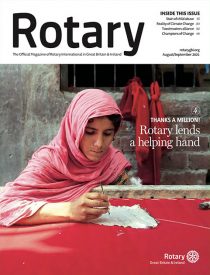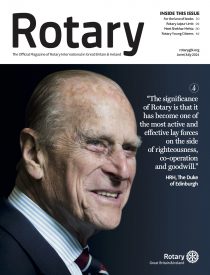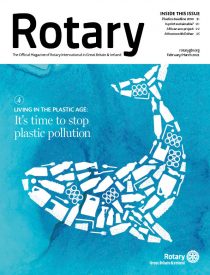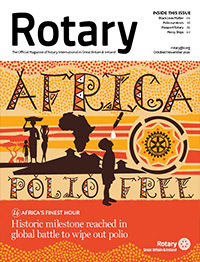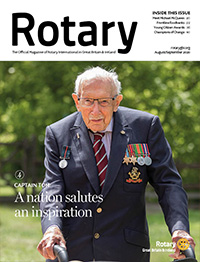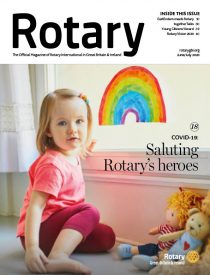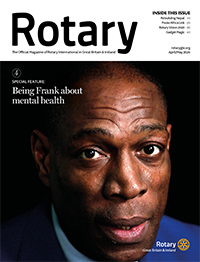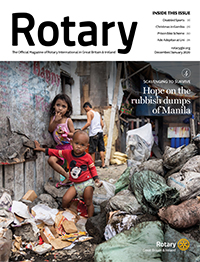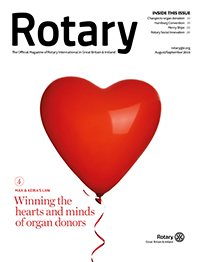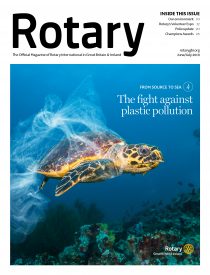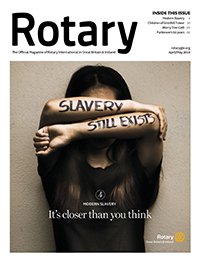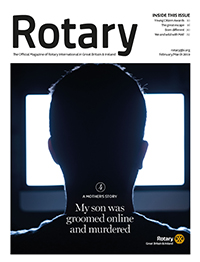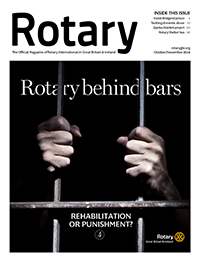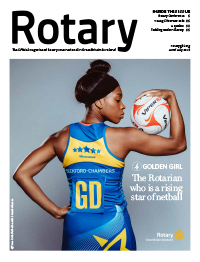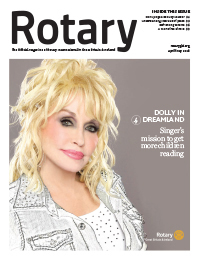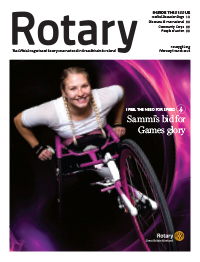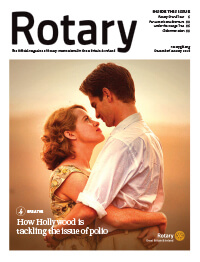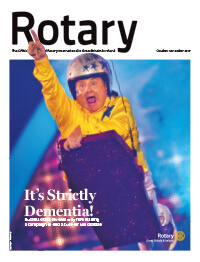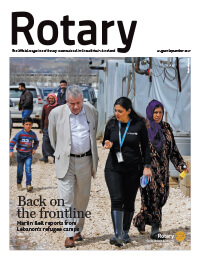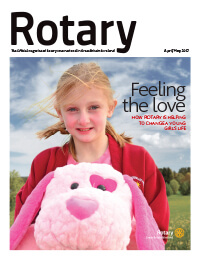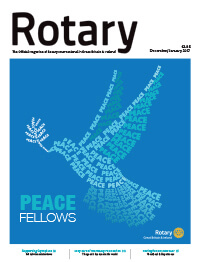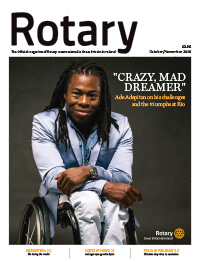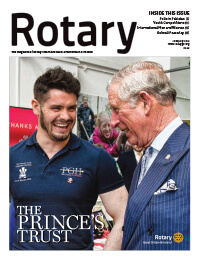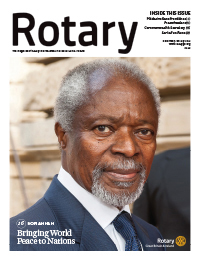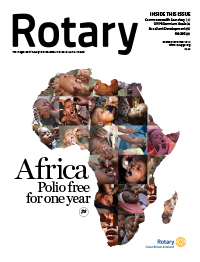Think of a well-known corporate brand. Any blue chip company from across the globe – Ford, McDonald’s, Barclays Bank, Tesco, Nike or Microsoft. Can you imagine the consequences of an expensive, multi-million pound rebrand if this was ignored by some parts of the organisation?
Mavericks who decided it was too much trouble to change, and reckoned what did it matter anyway?
Your business would lose trust, it would affect reputation and this muddled application would inevitably be associated with poor quality.
Take Apple, for example. Its distinctive logo makes Apple one of the most recognisable brands on the planet. And it’s an image which is consistently applied to all of Apple’s marketing by incorporating the same visual elements.
From the design of its website, to the simplistic user experience, it is nearly impossible to misidentify anything produced by Apple.
So why is brand such an issue for Rotary International? In 2013, Rotary changed its look with a fresh visual identity with an official explanation – “Rotary has a great story to tell, but we need to do it more simply and consistently”.
Then perhaps it is inherent on all of us to take responsibility to police this. You want to be part of a professional organisation, so make sure those principles are being consistently applied.”
This multi-million dollar image change wasn’t universally acclaimed for a variety of spurious reasons.
Six years on, and trawl through websites, newsletters and social media pages where you will see how inconsistencies remain despite the best efforts of the Rotary Brand Center at Evanston, and the Public Image Team for Rotary in Great Britain & Ireland (RIBI).
In some places, it’s downright obstinacy with a refusal to change, even when confronted with the issue. It’s known as Captain Mainwaring syndrome!
If they were working for Apple or any major company, they would be sacked even before they could shout ‘we’re doomed’.
But because Rotarians are volunteers, generous folk all giving up the goodness of our time, does that make us less accountable? Absolutely not.
Rotary is a professional, international organisation with standards, and if we expect to be viewed that way among business and the global community, then surely we should act accordingly.
So how can you stop this practice? Enforcement. Yes, but how?
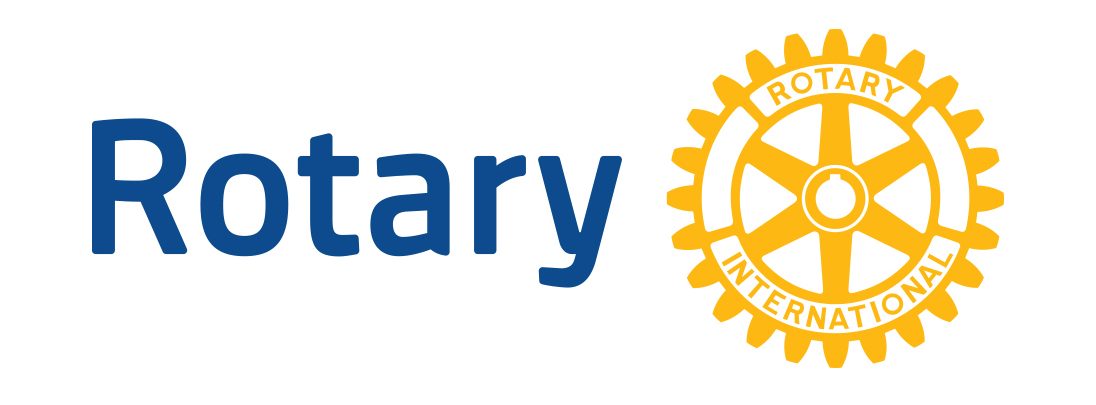

The redesigned Rotary International logo (above) was introduced in 2013
It has been suggested that clubs which flagrantly breach branding guidelines should be ineligible for Foundation and other key grants. But would that work? Are the breachers project-based clubs which regularly seek funding? Probably not.
Then perhaps it is inherent on all of us to take responsibility to police this. You want to be part of a professional organisation, so make sure those principles are being consistently applied.
Not only your club, but neighbouring ones too. Check their website, check the publicity and social media. If they’re not using the Rotary branding illustrated on this page, then have a word with the club council.
And if Captain Mainwaring isn’t listening, email your RIBI Public Image leads; Chalmers Cursley or Garth Arnold.
If we collectively put pressure on the Dad’s Army in Rotary, then you can be sure ‘they won’t like it up ‘em’!












